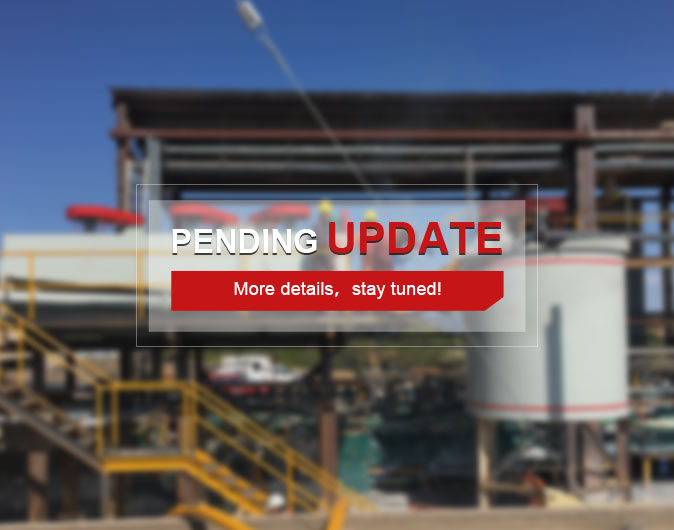cases



The main compose of ore were gold and silver ore, with more fine particles and uniform distribution. Gangue mineral was mainly silica with high arsenic content. The main mineral content of the ore was: 2.59g/t of gold, 0.09% of copper, 4.03% of sulfur, 3.05% of iron, 1.68% of arsenic, and silicon dioxide 65%.
Crushing and screening stage: Two and a half closed circuit crushing process was adopted. After the raw ore was transported from the mining site to the raw ore storage yard of the processing plant, it was pushed to the raw ore receiving bin by a forklift, and then fed into the jaw crusher by the vibrating feeder for coarse crushing. The products after coarse crushing were transported to the double-layer circular vibrating screen for screening through the belt conveyor. Whereas, the products on the upper screen were sent to the jaw crusher for medium crushing, and the medium crushed products and the lower screen surface screen products were returned to the short head cone crusher through a belt conveyor for fine crushing. Fine products were also transported to the double-layer circular vibrating screen for screening, forming a closed circuit. The products under the vibrating screen were transported to the powder ore bin for storage by belt conveyor, and the particle size of crushed products was - 12mm.
Grinding and classification stage: A closed-circuit grinding and classification process was adopted. The fine ore was fed to the belt conveyor by the electric vibration feeder, which was evenly fed into the grid type ball mill for grinding by the belt conveyor. The spiral classifier was used for classification to form a closed circuit. The grinding fineness was -200 mesh accounting for 65%.
Flotation stage: One roughing, two scavenging and two cleaning flotation process was adopted. The overflow of the classifier was fed into the flotation operation after being mixed by a high-efficiency agitation tank. SF-4 flotation machine was used for one roughing and two scavenging operations, and SF-2.8 flotation machine was used for two-stage cleaning of roughing concentrate.
Concentrate dehydration stage: Concentrate dehydration adopted a two-stage dehydration process of concentration and filter press, and the water content of final product was less than 15%. Tailings dehydration stage: Flotation tailings were discharged into the tailings pond by gravity flow.
The gold concentrate production rate of this project was 4.19%, and the gold recovery rate was 97.07%.
To find out more about our products and solutions, please fill out the form below and one of our experts will get back to you shortly.